Paul Koncewicz’s Parents Divorced When He Was One Year Old — These Are His Two Families
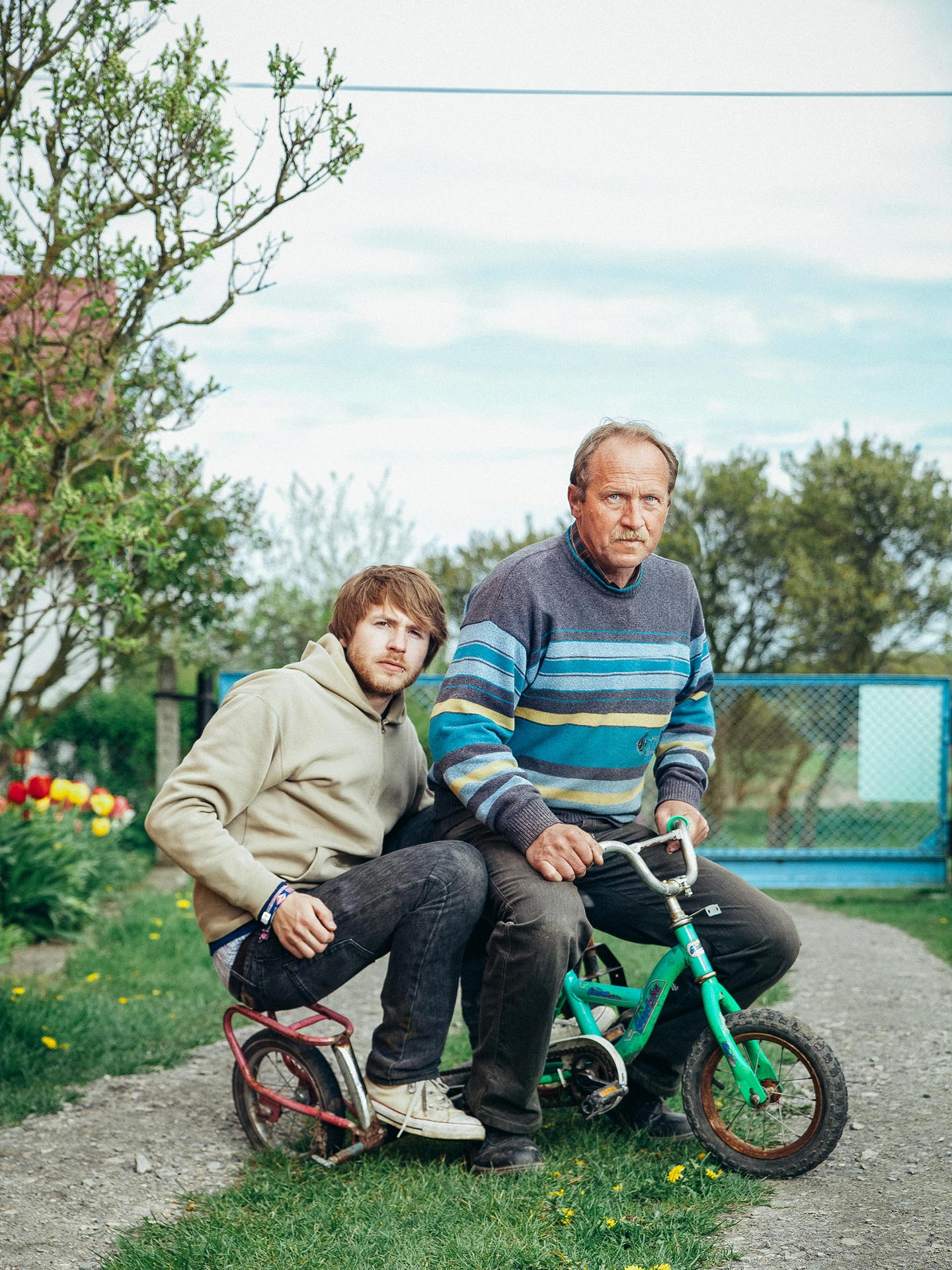
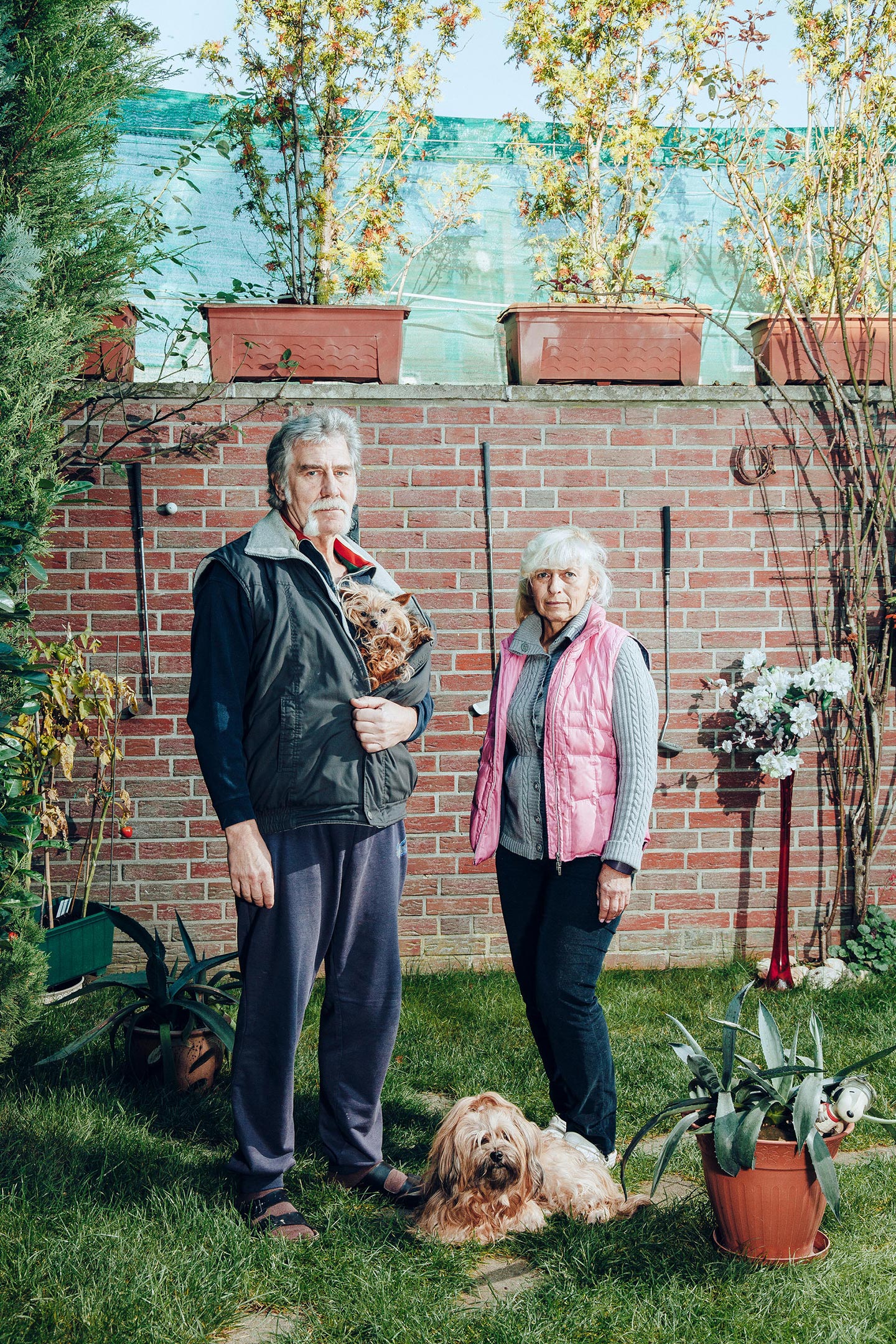
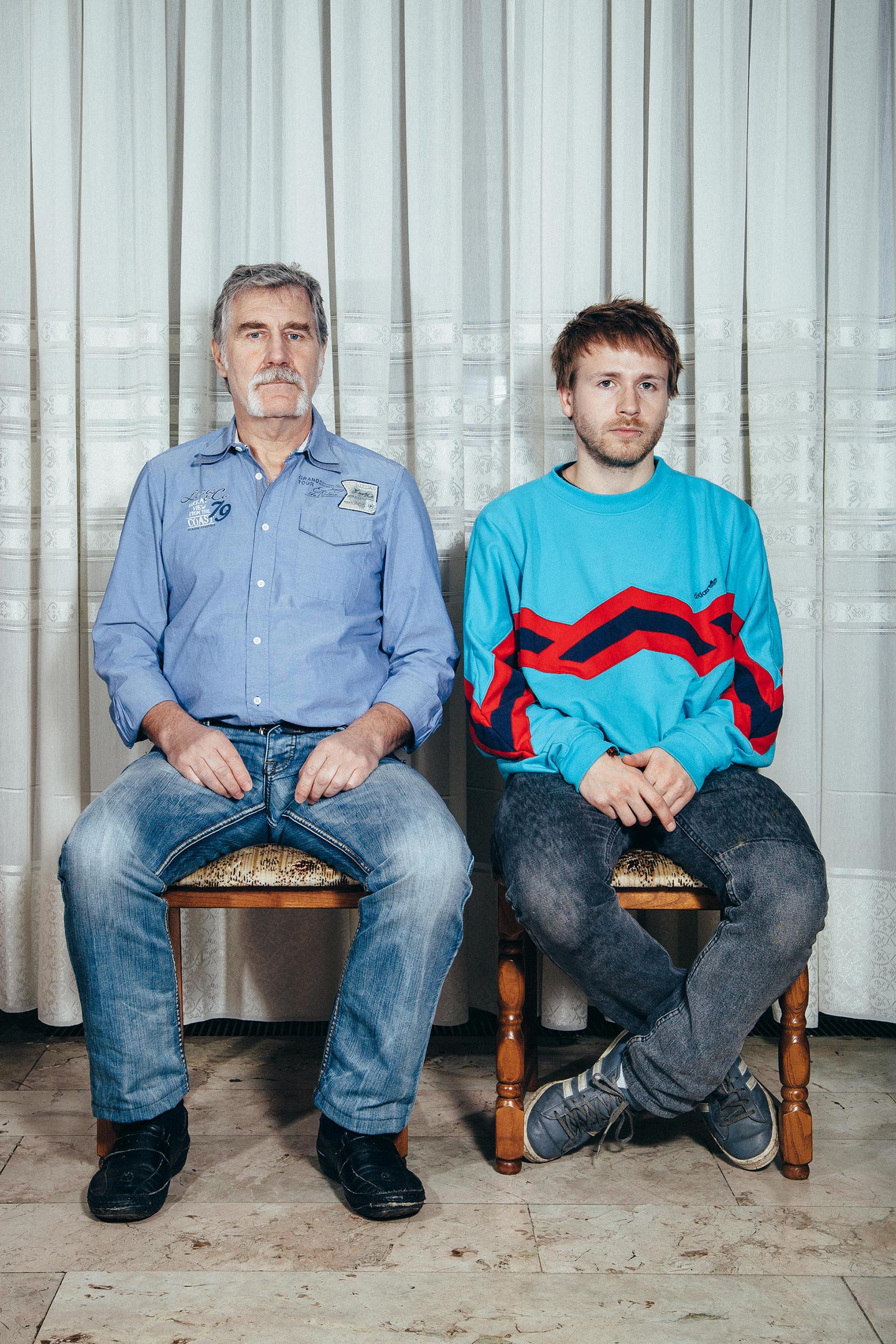
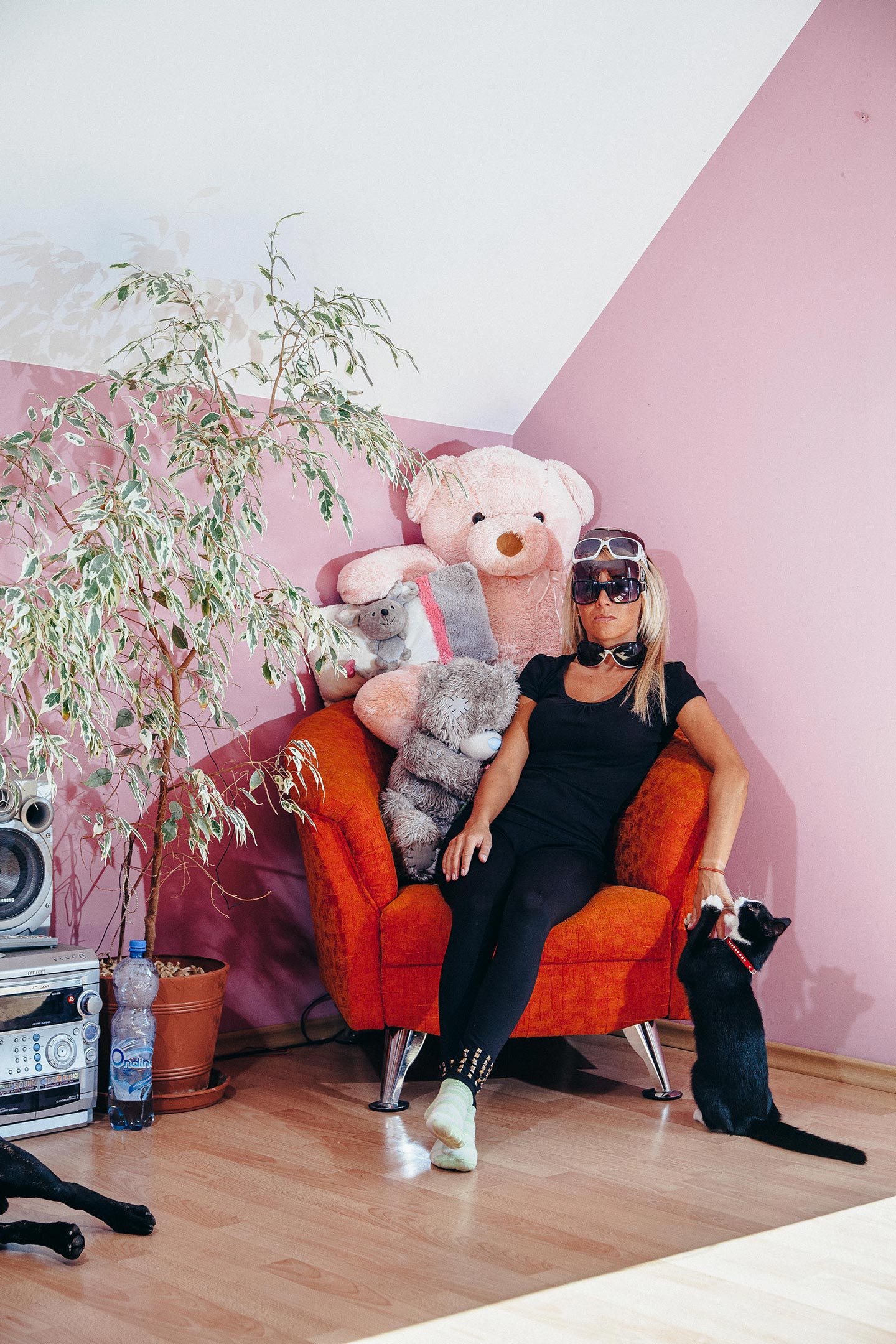

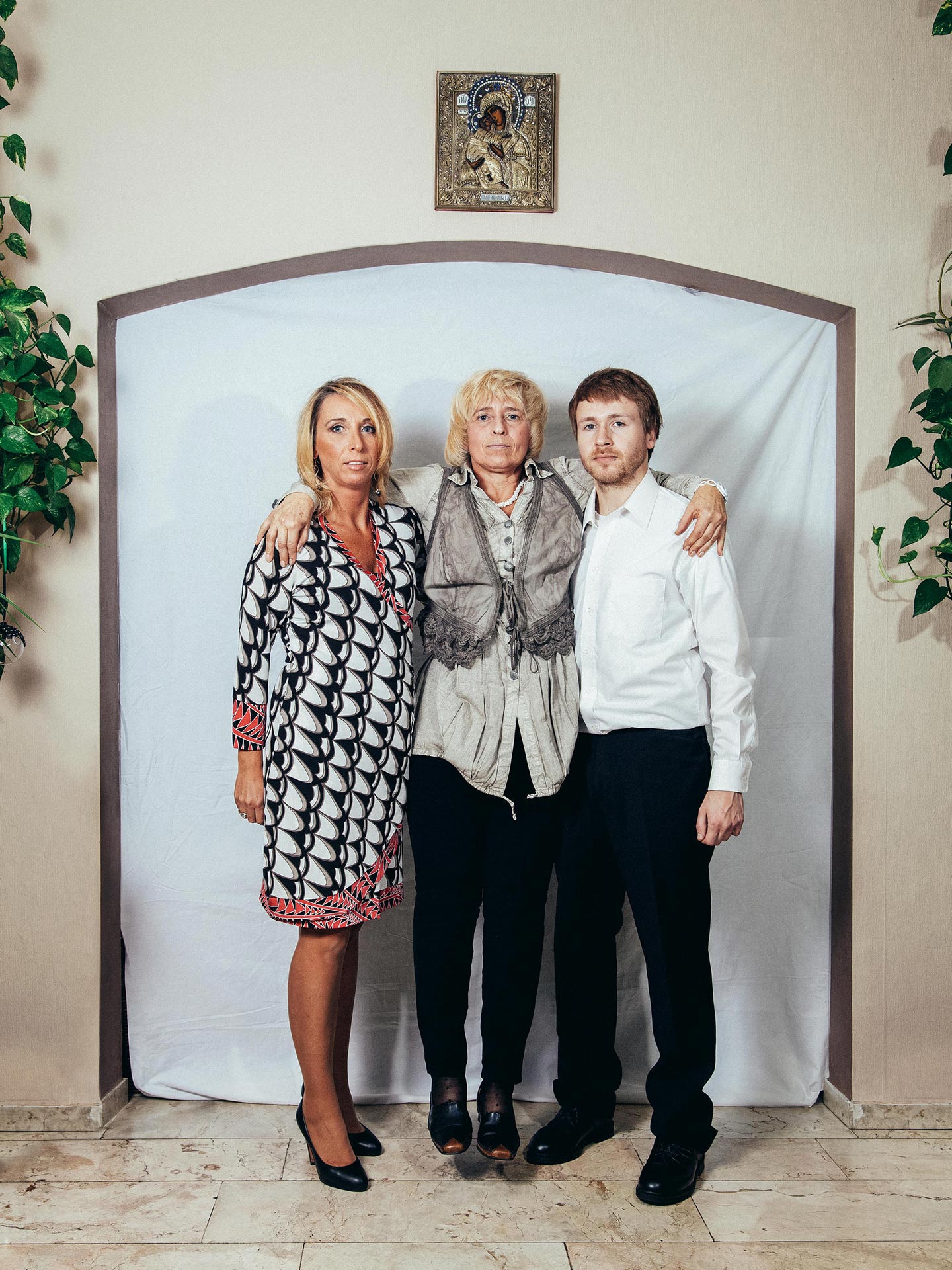
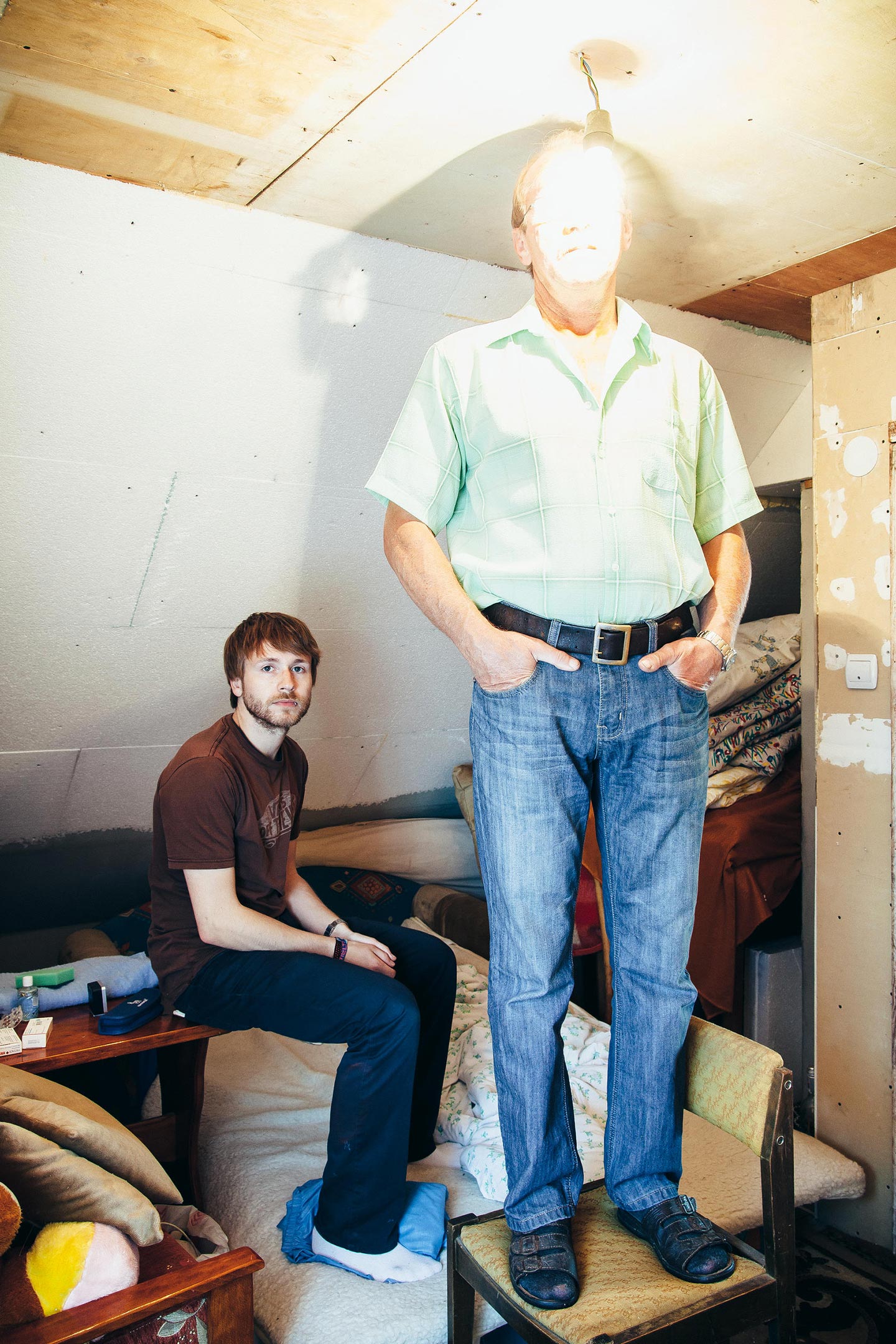
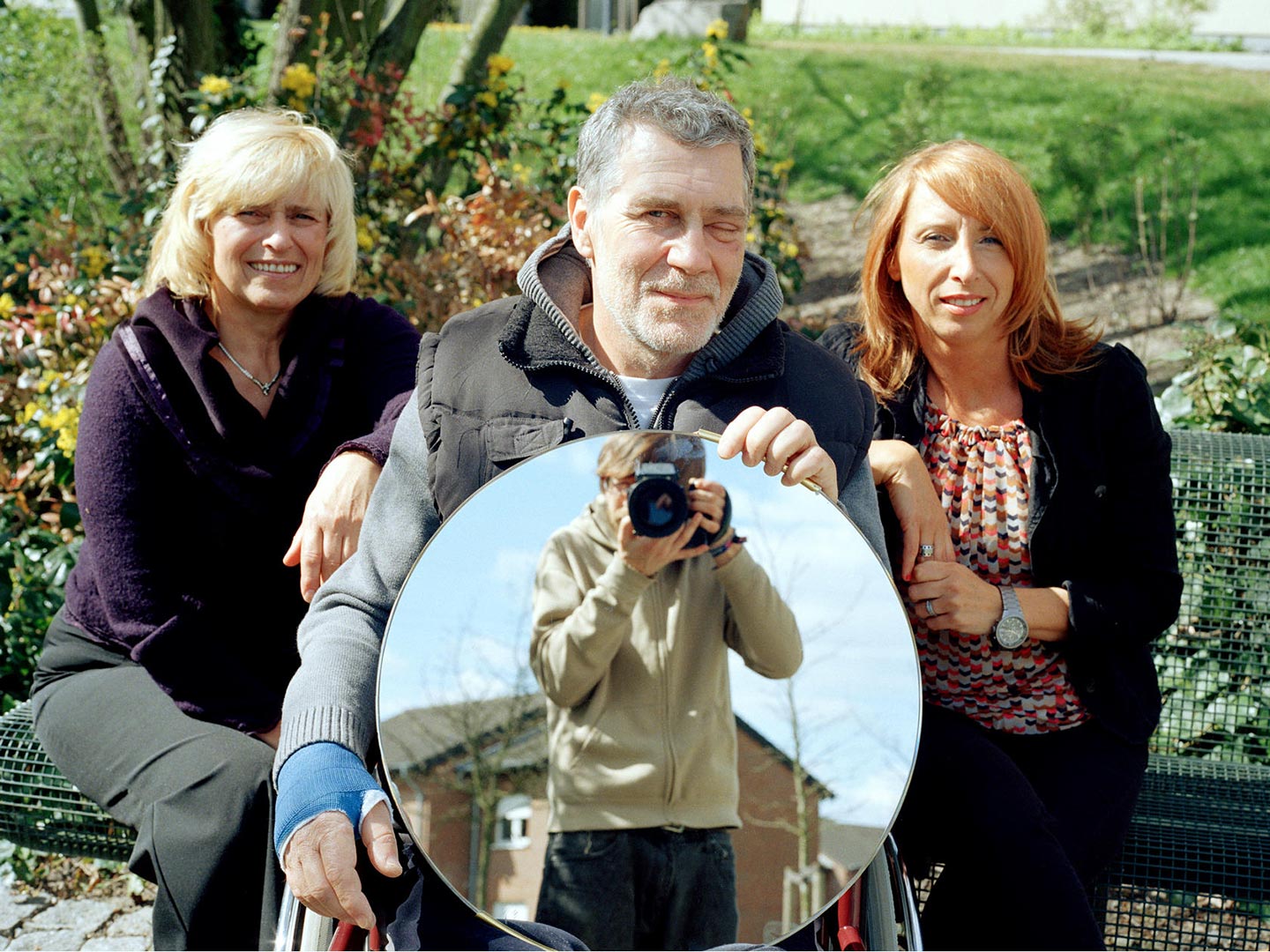
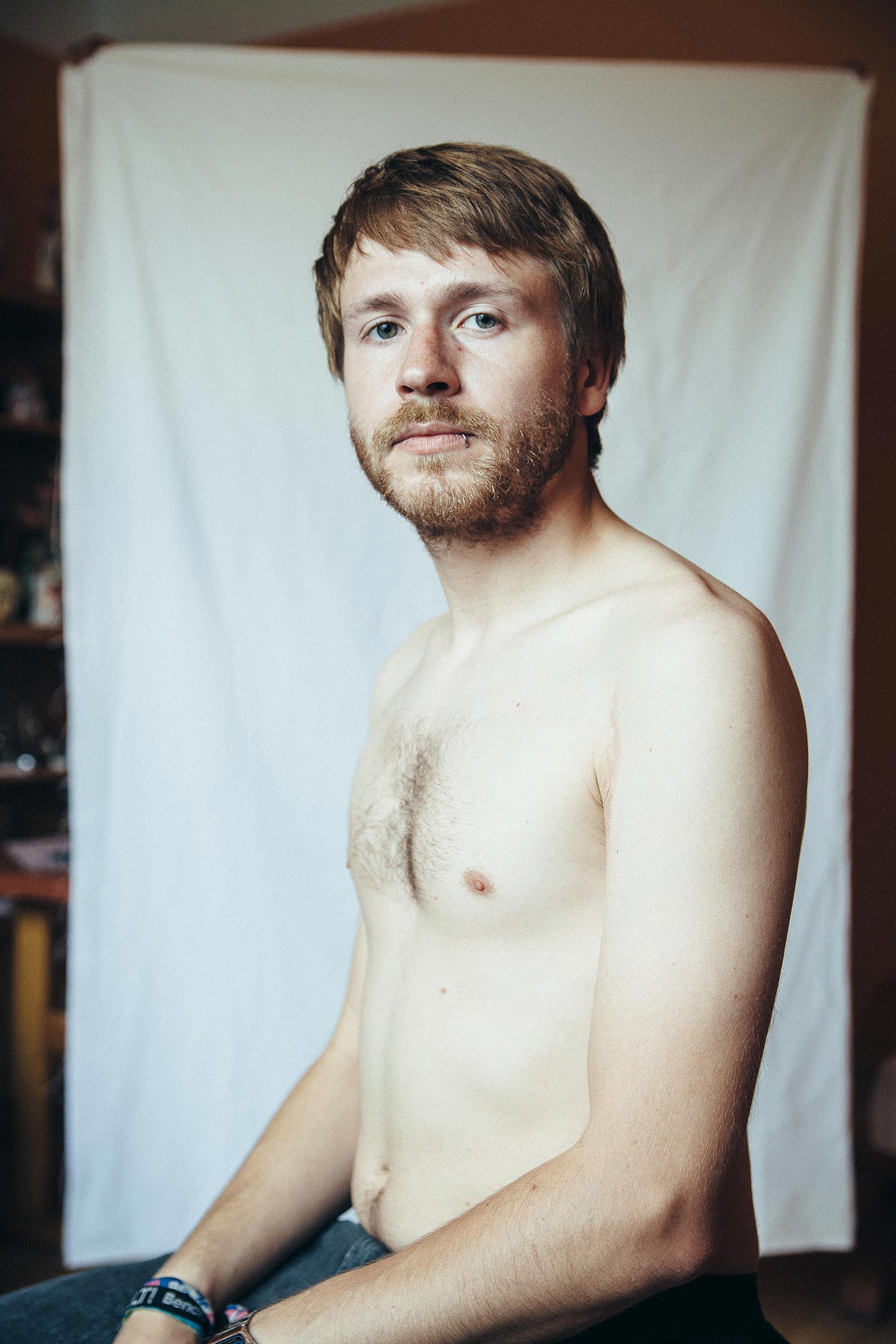
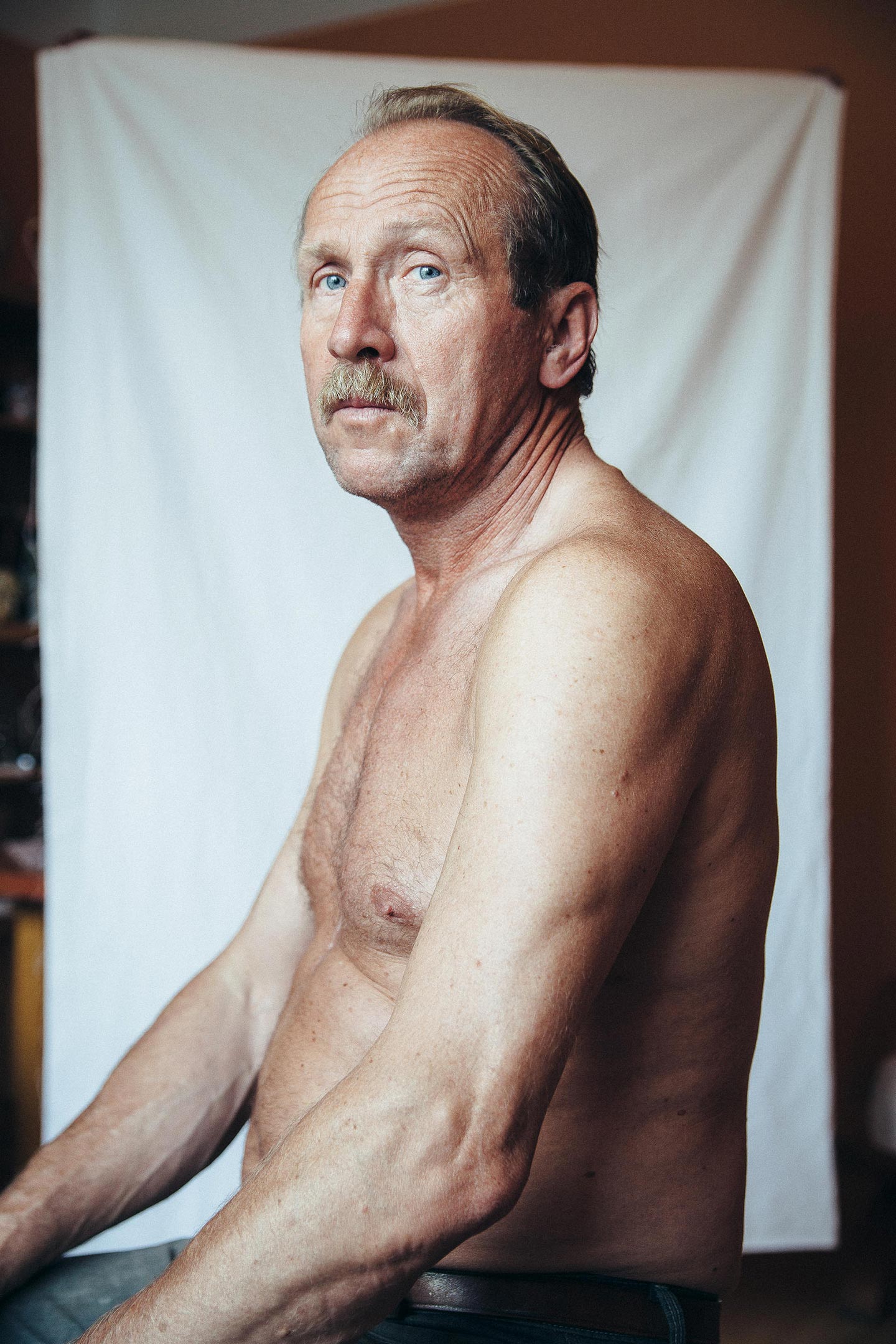
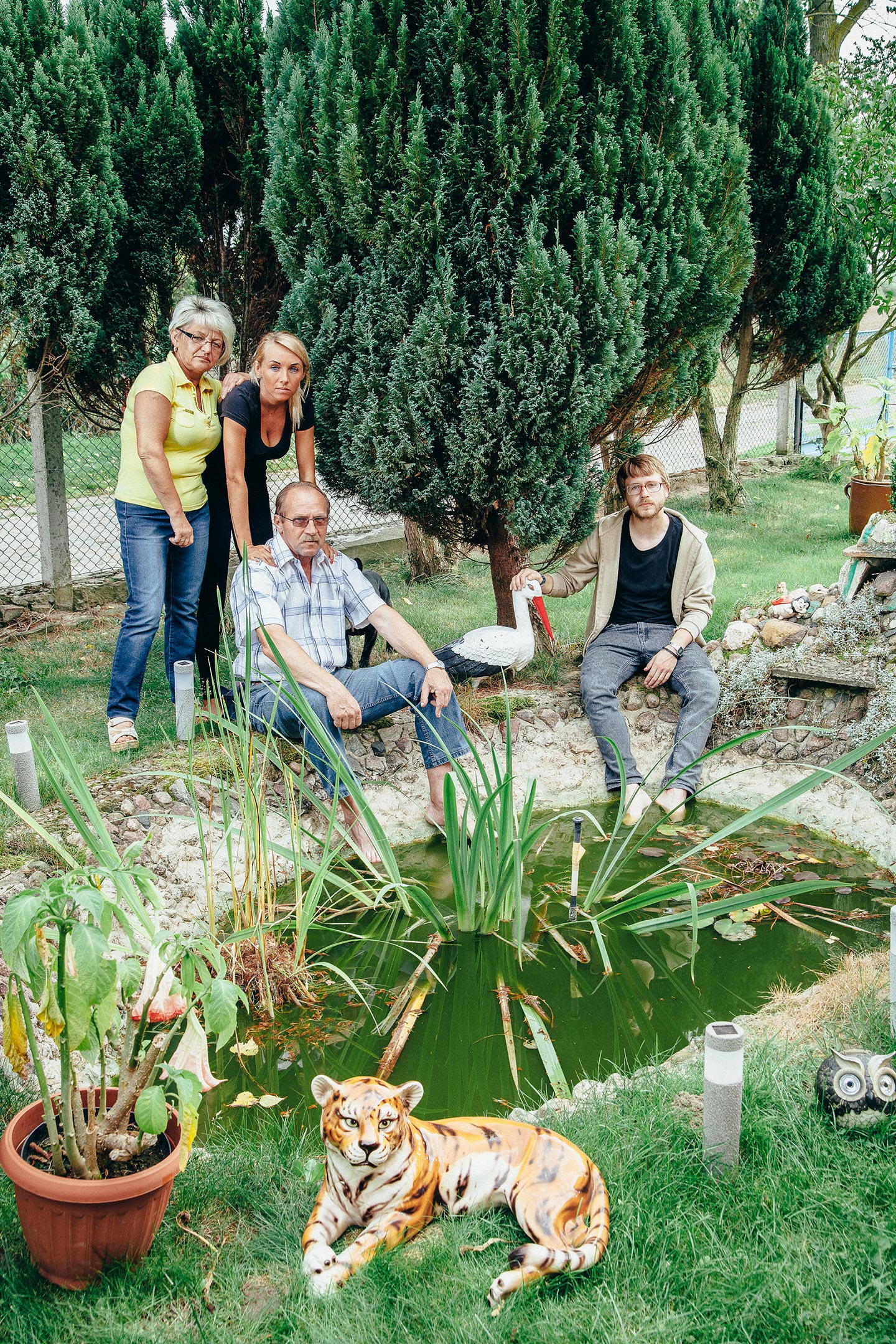
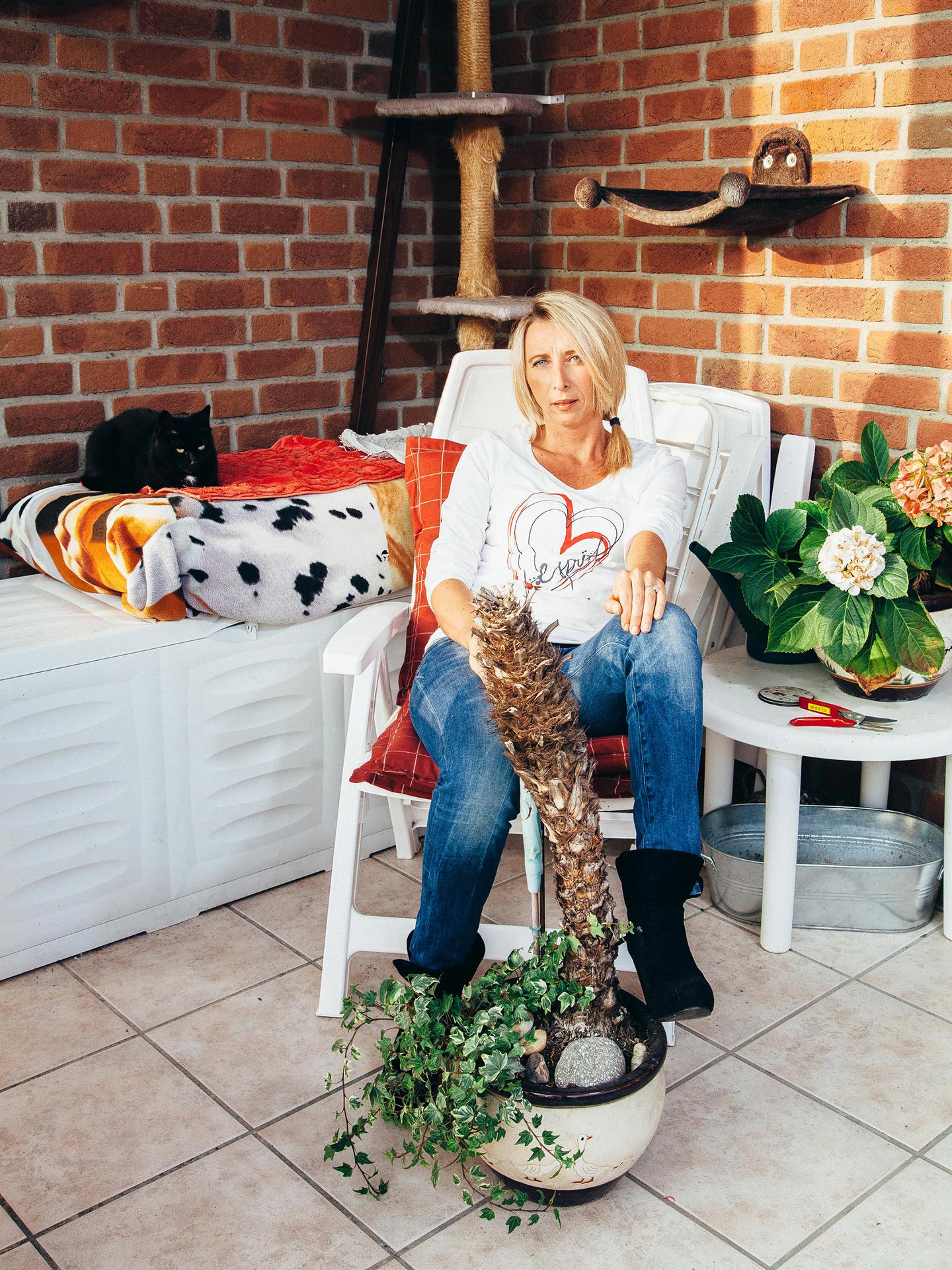
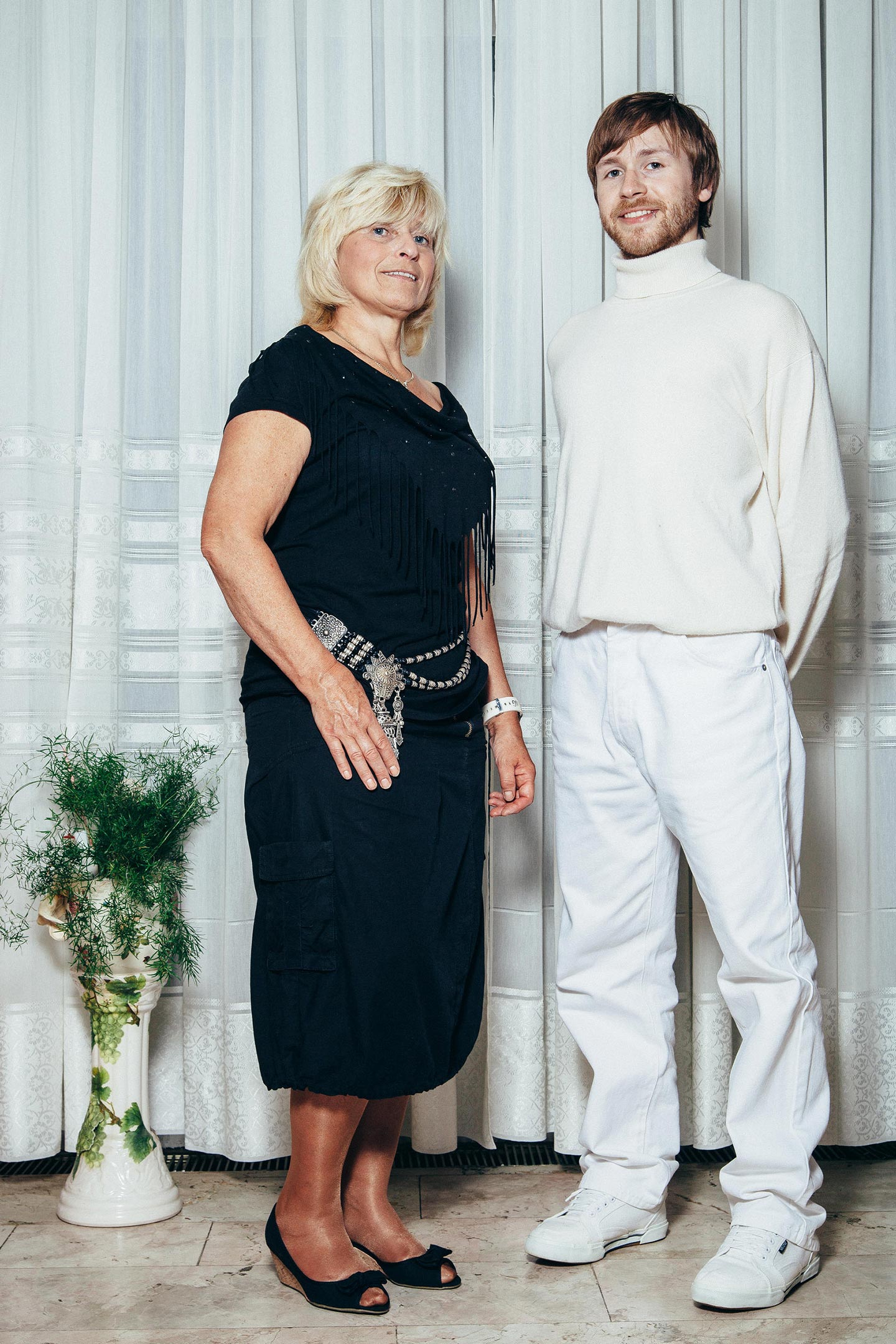

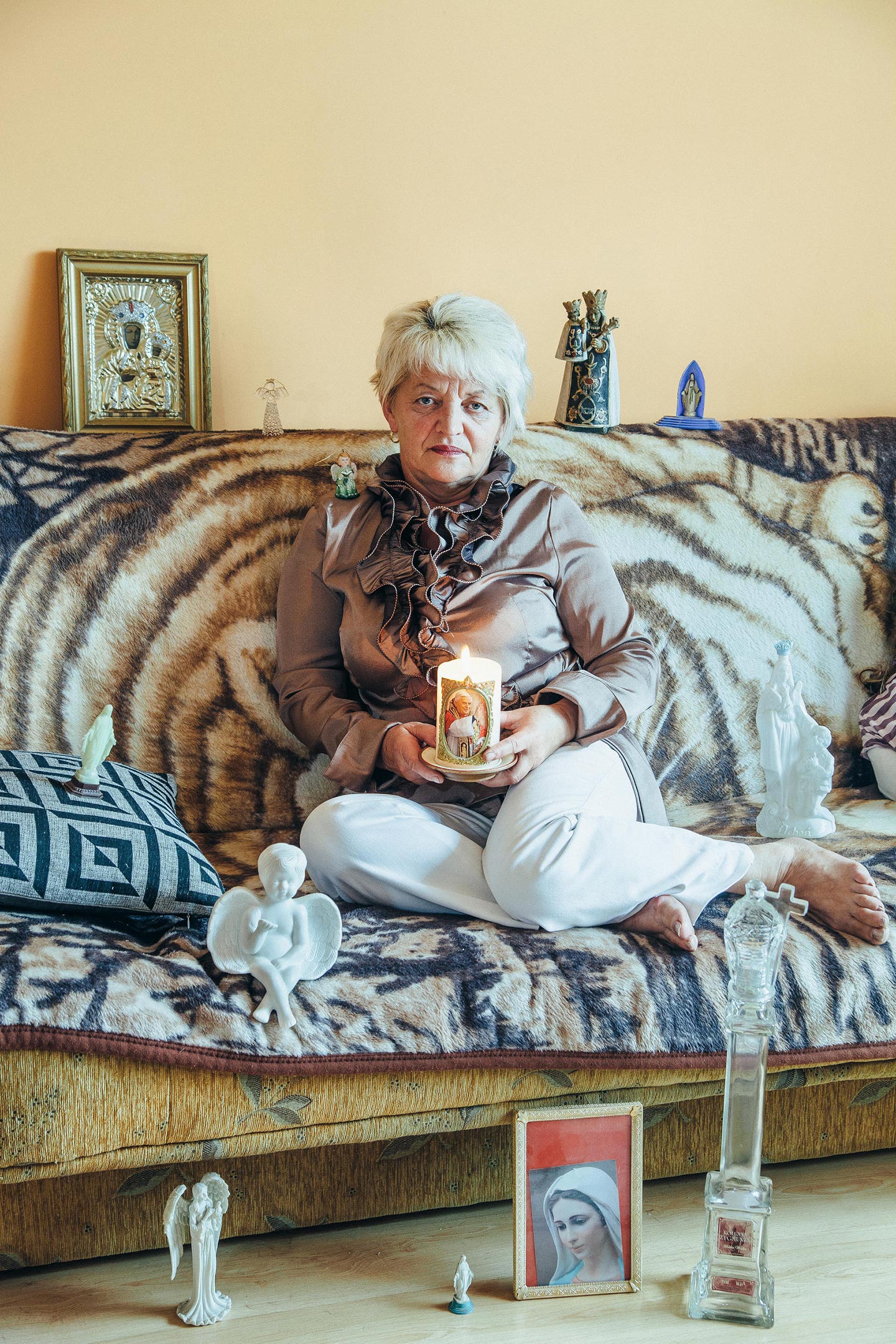
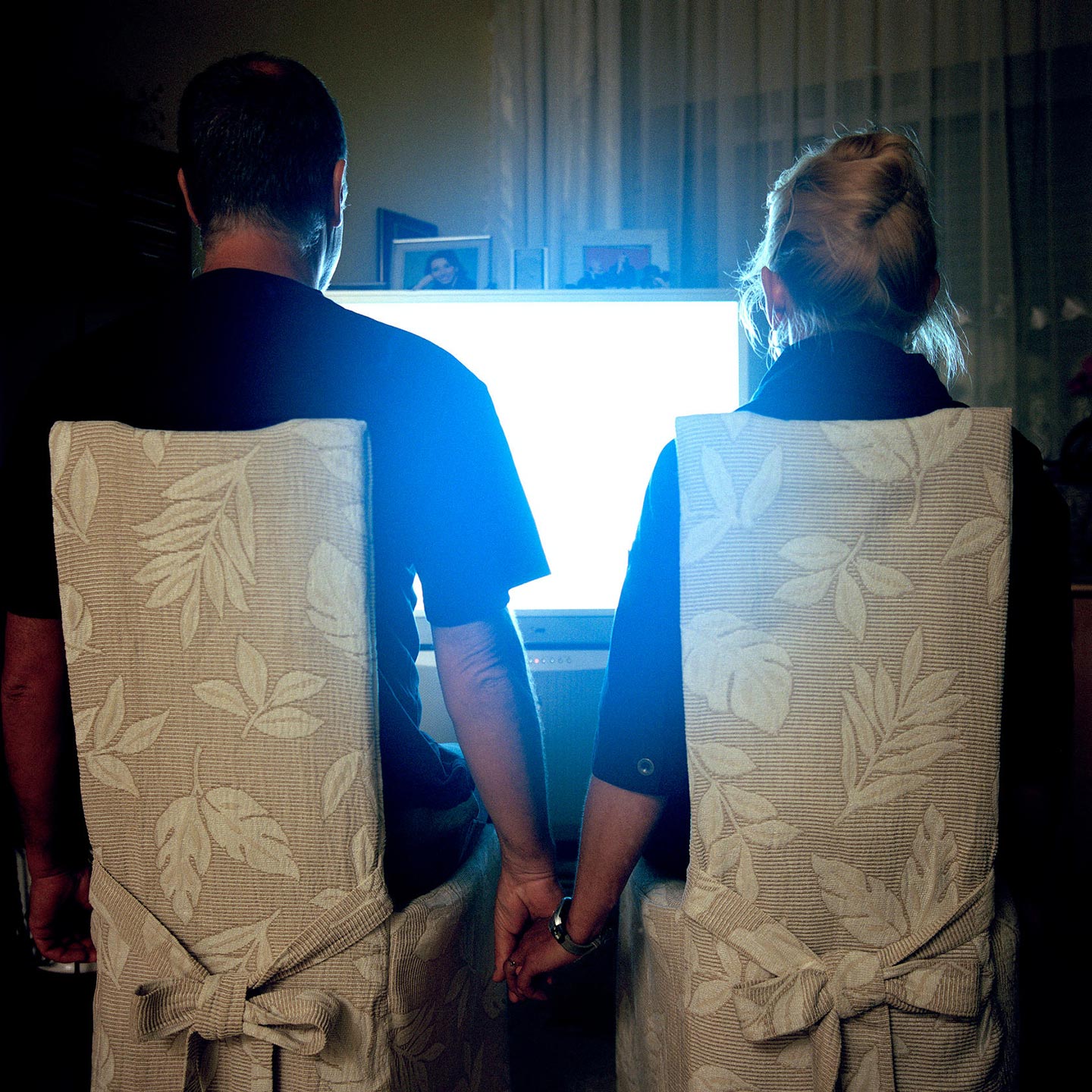
These days we’re featuring some of our favorite submissions we’ve received for the recently closed #FotoRoomOPEN | OSTKREUZ edition. We’ve seen so much good work that it will take a few weeks to share them all with you! (By the way, we’re now accepting submissions for the new #FotoRoomOPEN | Format edition—this time the winner gets a $1,000 award).
Polish-German photographer Paul Koncewicz (born 1983) describes his Paul / Pawel project as “a family portrait in two parts. I was born in Poland and my parents got divorced when I was one year old. Each of them have started new families: my mother, step-father, sister and I moved to Germany when I was six; ever since divorcing, my father has lived in a Polish village with about 200 inhabitants situated 20km away from the Baltic Sea and 10km from the nearest supermarket. Before I decided to take pictures of him in 2012 we hadn’t had any real contact—I saw him about 5 times—and his new family were strangers to me.”
In that year, Paul took photographs of both his mother’s and father’s families, and made a photobook of each series for his graduation project, mixing original pictures with found material. A few weeks ago, a new book was made that brings the two series together in one volume with no end, in the sense that each series starts from one cover to the middle of the book.
Catching up with his father after so many years and getting to know his family was a strange experience for Paul: “I have to admit that I had no emotional attachment to my dad. I don’t want to sound cold, but it’s simply a fact that he’s just one of my acquaintances, and that was never a problem for me. If I ever suffered from our separation, then I have no recollection of it. But of course, I was curious to see how he was like and to get to know my half-sister better. When I was there for the first time—out of a total of four visits in a year—I had a great time, but somehow it was crazy and confusing to be welcomed so warmly. These were my family members, but at the same time they were strangers. It was a great experience, but eventually not much changed. We still don’t speak a lot, and that is still no problem at all. To keep in touch I try to visit them at least every second year.”
The initial decision to take pictures of his families came from Paul’s insatiable need to photograph: “I guess I have a quirk: I have to document my surroundings, the things that happen in my daily life, the people I’m with. I never leave the house without my analog point-and-shoot camera. So it came pretty natural to me to start photographing my mother and step-father while studying photography—that’s when I realized that I could use it to tell my personal stories. I had the idea of photographing my father’s family as well and put the two together only when graduation was approaching. What I also liked about this idea was to create a comparison between life in a small village in Poland and our westernized Polish life in Germany.”
Most of the photos of Paul / Pawel are accurately staged and have a keen playful feel to them. “My photography school mainly produces documentary photography. I was surrounded by a lot of melancholic work, most of which I found too boring. I wanted to do something different. Being a guy who does not take things too seriously, I quickly found a style that I, above all, wanted to be entertaining.” Paul says he picked up photography “to freeze moments and people in my images. Later, when I realized what photography is capable of, I started using it to tell stories. Even if most of my pictures are portraits, I am also very interested in private spaces: I think a person’s living environment can say a lot. It’s a big part of my work to try and make a direct connection between the subject and their habitat.”
Paul used no specific photographic references when creating Paul / Pawel (“Of course I knew Larry Sultan’s Pictures from Home, but his imagery is different from mine“). The main influences on his photography were “the way Erwin Wurm plays with subject and space in his One Minute Sculptures, how Rineke Dijkstra captures self-presentation in body language (in Beach Portraits) and temporal change (in Almerisa), Gregory Crewdson’s narrative style, August Sander’s attempt to catalog society, Hellen van Meene’s teenagers, Martin Parr’s humor, DiCorcia’s mood, Thomas Ruff’s interiors and Thomas Demand’s reconstructed spaces.”
Paul’s #threewordsforphotography are:
Keep. Eyes. Open.
Keep looking...

FotoCal — Photography Awards, Grants and Open Calls Closing in March 2024

FotoCal — Photography Awards, Grants and Open Calls Closing in February 2024

FotoCal — Photography Awards, Grants and Open Calls Closing in January 2024

FotoCal — Photography Awards, Grants and Open Calls Closing in December 2023

FotoCal — Photography Awards, Grants and Open Calls Closing in November 2023
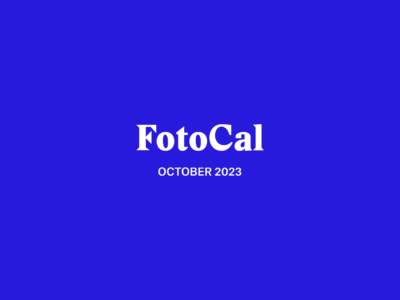
FotoCal — Photography Awards, Grants and Open Calls Closing in October 2023
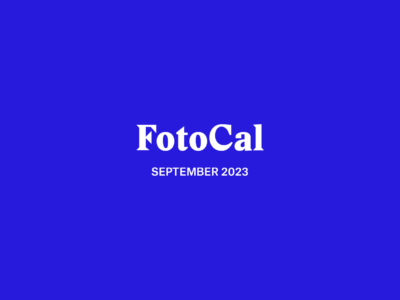
FotoCal — Photography Awards, Grants and Open Calls Closing in September 2023




